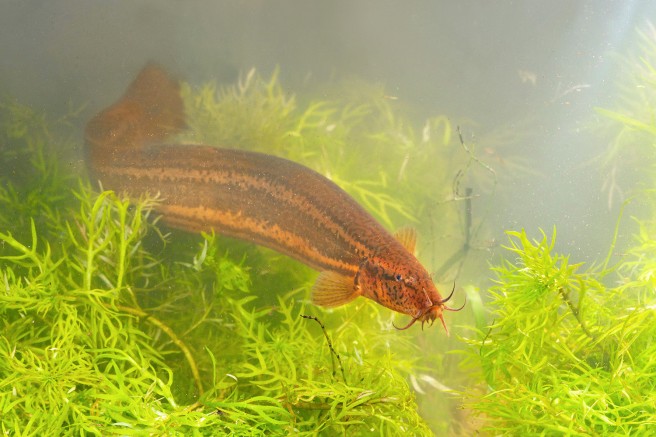RAVON is a NGO from the Netherlands that aims for the conservation of amphibians, reptiles and fish. RAVON works in collaboration with SPYGEN since 2011.
Follow our blog ! Subscribe to our RSS fluxThe European Weather loach (Misgurnus fossilis) naturally occurs in swampy waters in the flood plains of rivers and streams. It feeds on small invertebrates from the bottom (worms, snails, insect larvae) and remains buried in the mud during the day. Due to intensification of agricultural land use, suitable habitats of this loach have deteriorated over time causing the decline of this species. The species is listed in Annex II of the Habitat Directive and thereby protected in Europe. Monitoring the Weather loach using traditional methods is difficult and time-consuming due to its hidden behaviour.
Can eDNA help to monitor the Weather loach ?
In 2011, SPYGEN and RAVON joined forces to set up a pilot experiment to assess the performance of eDNA for monitoring Misgurnus fossilis in the Netherlands. In 8 locations where the presence of the Weather Loach was confirmed in the field, 7 of them proved positive using the specific eDNA barcoding method (VigiDNA S). All negative field controls (water samples taken in similar habitats where the Weather Loach was absent) proved negative. In further experiments, a large comparison was performed between electrofishing (a duration of 1.5 hours per location) and the eDNA method. The detection probability was demonstrated to be more than 2.5 times higher using the eDNA method than using electrofishing. At all locations where the species was captured using electrofishing, it was also detected using the eDNA method.
Implications of this project
We now use eDNA in almost all our Misgurnus fossilis monitoring (over 500 locations in the Netherlands already sampled). It helps us to obtain reliable data on its distribution quickly, which we can use in species protection plans and advice on the management of waters that contain the species.
Jelger HERDER – Senior Project leader – RAVON
© Photo Misgurnus fossilis – Jelger Herder


